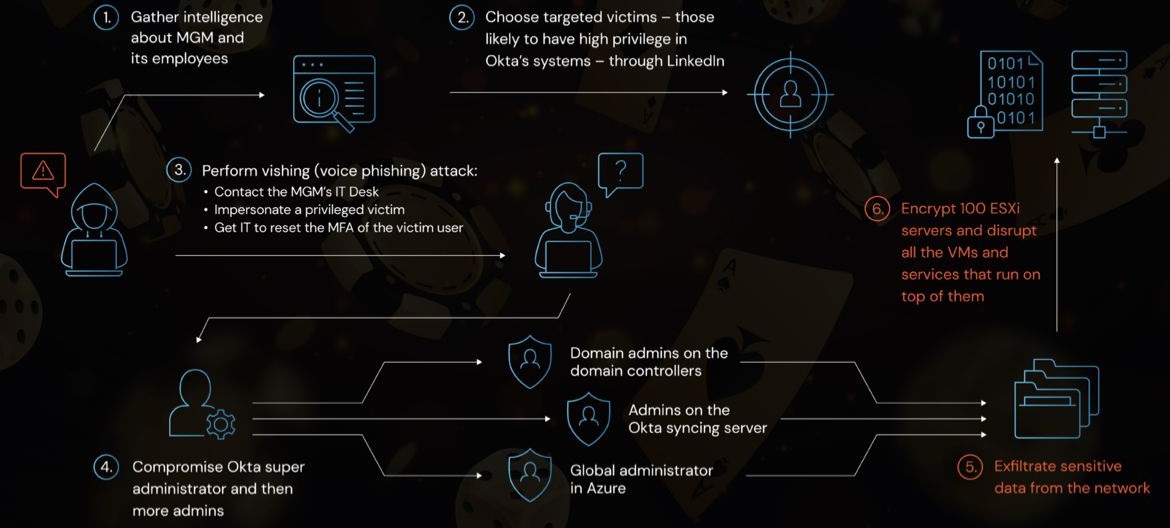
In today's interconnected world, cybersecurity has become a paramount concern for individuals, businesses, and governments alike. The exponential growth of cyber threats demands innovative solutions to safeguard sensitive data and digital assets.
One technology that has emerged as a game-changer in this domain is blockchain. Originally devised as the foundation for cryptocurrencies like Bitcoin, blockchain has evolved beyond digital currencies and found versatile applications in various sectors, including cybersecurity.
This article explores how blockchain can revolutionize cybersecurity by enhancing data integrity, strengthening authentication mechanisms, and mitigating the risks posed by cyber threats.
Understanding Blockchain Technology
Before delving into the potential of blockchain in cybersecurity, it is crucial to grasp the fundamental principles of this technology. At its core, blockchain is a decentralized and distributed ledger that records and verifies transactions across a network of computers. It operates on the principles of transparency, immutability, and consensus, ensuring that data cannot be tampered with or altered without consensus from the network participants. This unique architecture makes blockchain an ideal candidate for enhancing cybersecurity.
Enhancing Data Integrity
Data integrity is the cornerstone of cybersecurity. Traditional centralized systems are vulnerable to data manipulation, unauthorized modifications, and single points of failure. Blockchain, on the other hand, provides a transparent and immutable record of all transactions, making it extremely difficult for malicious actors to alter or tamper with data. Each transaction is time-stamped, cryptographically secured, and linked to the previous transaction, forming an unbroken chain of records. By leveraging blockchain technology, organizations can ensure the integrity and authenticity of critical data, reducing the risk of data breaches and fraud.
Strengthening Authentication Mechanisms
Authentication plays a pivotal role in establishing trust and ensuring secure access to digital resources. Traditional authentication methods such as passwords and centralized authentication servers have proven to be vulnerable to hacking and identity theft. Blockchain offers a more robust authentication mechanism by implementing public-key cryptography. Each user has a unique cryptographic key pair, comprising a private key and a public key. The private key remains securely stored with the user, while the public key is recorded on the blockchain. When a user attempts to access a resource, their private key is used to sign the authentication request, which is then verified by the network nodes using the corresponding public key. This decentralized approach eliminates the need for intermediaries, minimizes the risk of unauthorized access, and strengthens the overall security posture.
Mitigating Cyber Threats
Cyber threats, such as distributed denial of service (DDoS) attacks, ransomware, and data breaches, continue to evolve in sophistication and scale. Blockchain technology can help mitigate these threats by providing enhanced resilience and transparency. In a decentralized blockchain network, there is no single point of failure, making it highly resistant to DDoS attacks. Additionally, blockchain's transparency enables organizations to track and trace the flow of data, making it easier to identify potential vulnerabilities and malicious activities. Furthermore, by incorporating smart contracts into the blockchain ecosystem, organizations can automate security protocols, ensuring compliance and reducing the risk of human error.
Real-World Applications
Blockchain has already found practical applications in various sectors to enhance cybersecurity. One notable example is the use of blockchain in supply chain management, where it ensures the integrity of the supply chain by tracking products from their origin to the end consumer. Blockchain can also be applied to secure identity management systems, protecting individuals from identity theft and unauthorized access. Additionally, blockchain-based decentralized applications (DApps) are emerging as a secure alternative to traditional centralized applications, providing users with greater control over their data and reducing the risk of data breaches.
Conclusion
As cyber threats become increasingly sophisticated, it is imperative to adopt innovative solutions to fortify cybersecurity. Blockchain technology offers a decentralized and tamper-proof framework that addresses the limitations of traditional security mechanisms. By leveraging blockchain's inherent characteristics such as data integrity, strong authentication, and resilience against cyber threats, organizations can establish a secure digital landscape. While blockchain is not a silver bullet, its potential in enhancing cybersecurity is undeniable. As this technology continues to evolve, it holds great promise for protecting our digital assets and shaping a more secure future.

